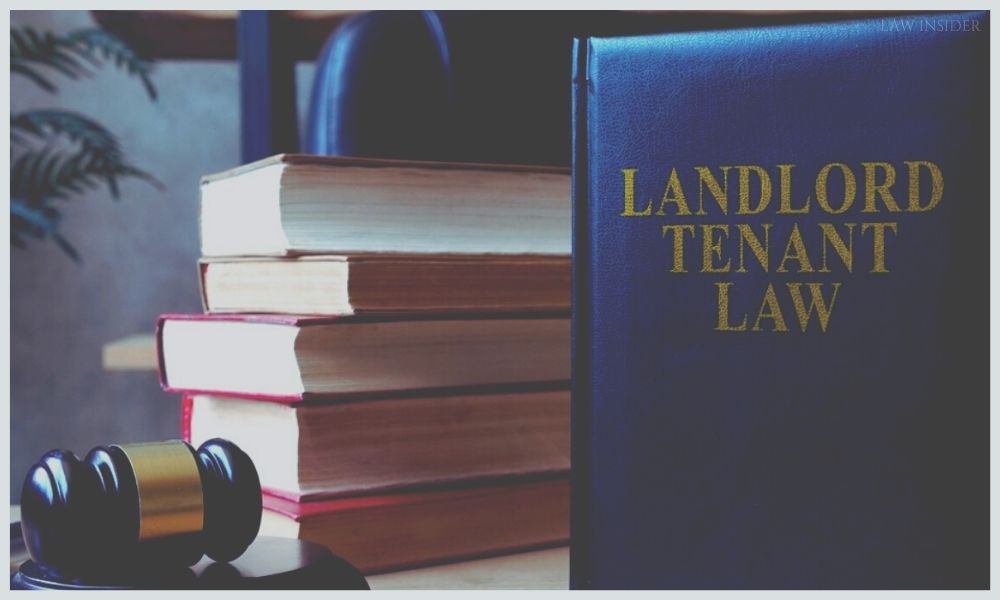When it comes to property ownership, there are two types of properties – real property and personal property. Many individuals use these terms interchangeably, but they are not the same. Real property is immovable, and personal property is movable. In this article, we will dive deep into real property and personal property, their differences, and similarities.
Real Property
Real property is fixed, immovable property. It includes land, buildings, and anything that is permanently affixed to the land or building, such as trees, wells, and fences. Real property is also called real estate, and it is the most significant investment that most people make in their lifetime.
Real property ownership comes with rights such as leasing, selling, renting, and using the property for personal use. As an owner of real property, one can sell, mortgage, or donate the property.

Personal Property
Personal property, on the other hand, refers to movable property that can be transported or removed from one location to another. Examples of personal property include furniture, electronics, vehicles, artworks, jewelry, and clothing, among others.
Unlike real property, personal property can be sold, exchanged, and gifted privately without involving the government authorities. However, when it comes to selling personal property that has accumulated value or a significant amount of wealth, the government may impose taxes on the transaction.
Differences between Real Property and Personal Property
The most apparent difference between real property and personal property is that real property cannot be moved, while personal property can be. Real property is permanently attached to the land or building, while personal property can be transported freely.
The second difference is the way each type of property is viewed, regulated, and protected under the law. Real property is subject to real estate laws, while personal property is subject to personal property laws.
The third difference is that real property can appreciate or depreciate in value, depending on various factors such as the land, location, and condition. Personal property, on the other hand, generally depreciates in value over time.

Similarities between Real Property and Personal Property
Despite their differences, real property and personal property share some similarities. Both types of property can be owned, transferred, and leased, and both can be used for personal or investment purposes.
An individual can also use both real property and personal property as collateral for a loan or mortgage. As an owner of either real or personal property, taxes must be paid, and insurance must be maintained.
Understanding the differences between real property and personal property is essential, particularly when it comes to buying or selling property. Real property is an immovable property that includes land, buildings, and permanent fixtures, while personal property is movable property such as electronics, clothing, and furniture. Each type of property has its characteristics and regulations, and as a property owner, it is vital to be familiar with both. By knowing these differences, you can make informed decisions when it comes to buying, selling, and maintaining your property.





